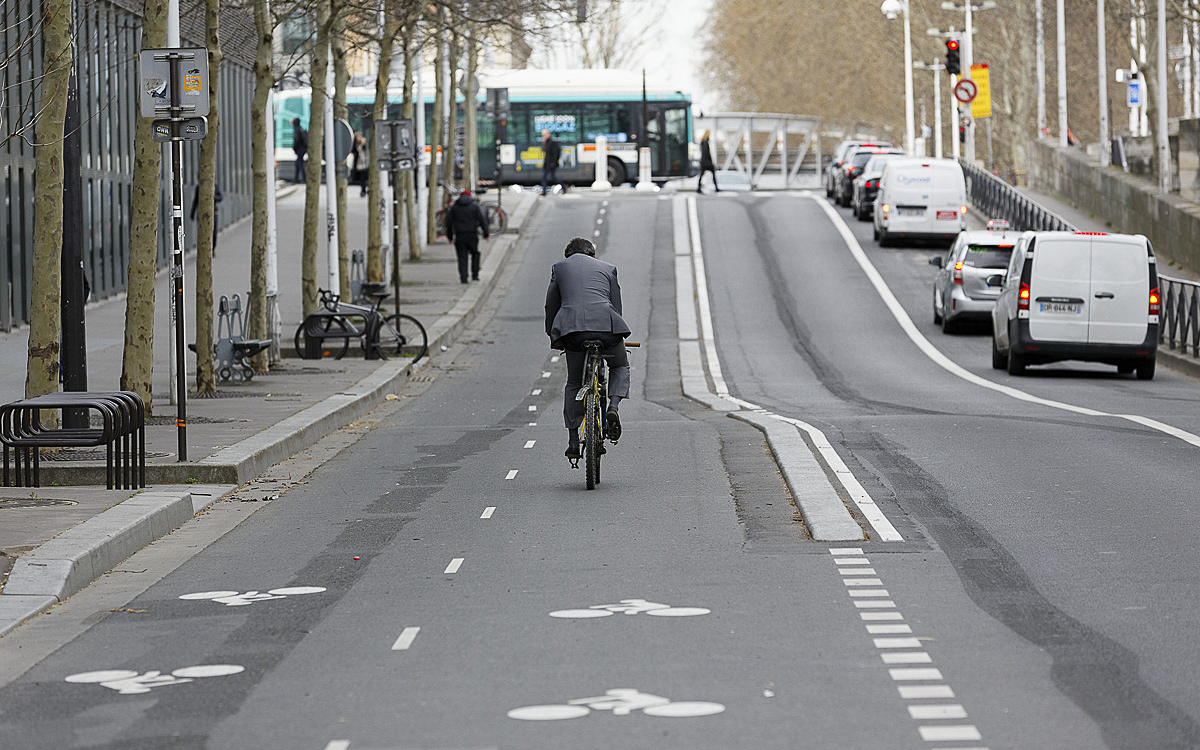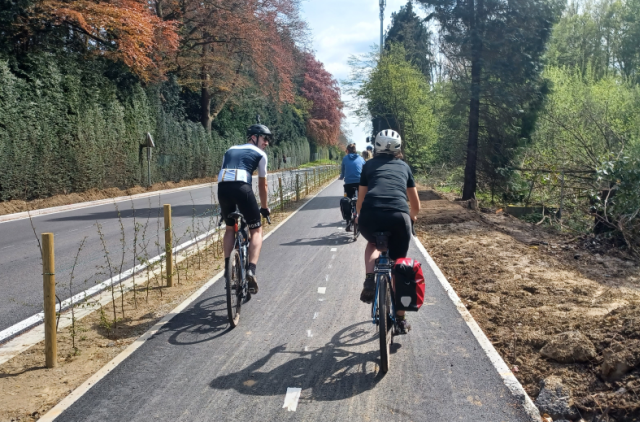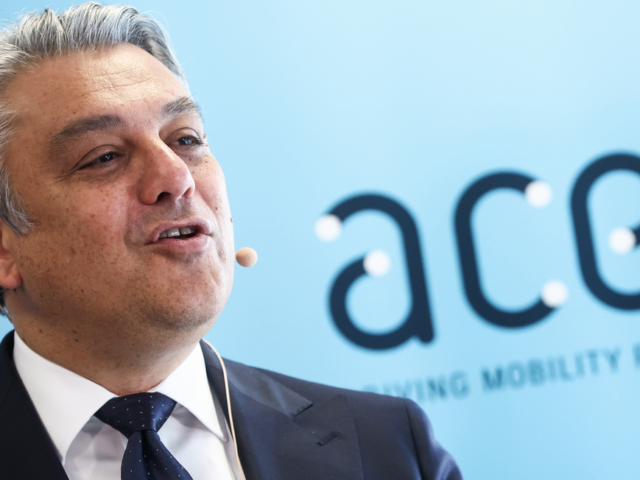
Bike more popular than car in inner Paris

Parisians travel more by bike than by car in the inner city, according to a new survey/Ville de Paris
In Paris, the bicycle has overtaken the car as a means of transport and is now behind walking and public transport.
According to a survey


Comments
Ready to join the conversation?
You must be an active subscriber to leave a comment.
Subscribe Today